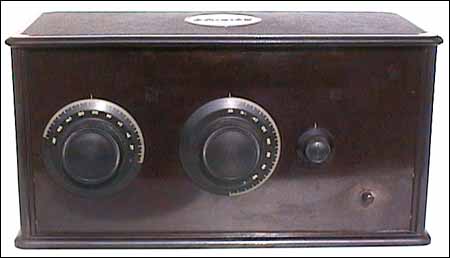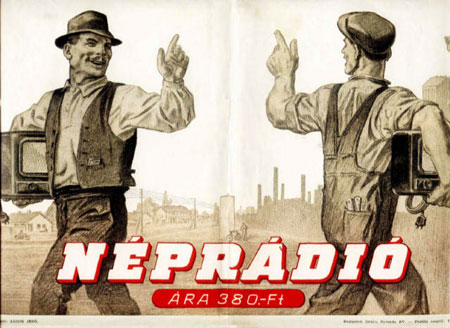The Magyar Wolframlámpagyár (The Hungarian Wolfram Lamp Factory) appeared under ORION brand and began manufacturing in 1925 and it meant a determining productive capacity from the beginning of the 1930s. In the 30s it exported sets under Tungsram brand.
The Standard Villamossági RT (interests of ITT in Hungary) which was formed from a department of Egyesült Izzó, was a determinant firm too. It did wage labour to more firms (EKA, Philips, Telefunken). Siemens has been present on the home market only from 1941 but till the end of the war it produced sets in great amount. Until 1950 these sets were put into circulation with VIKERT brand on them. It's important to mention the Néprádió (Public Radio) campaign, which was carried out by the collaboration of four factories (ORION, Philips, Telefunken and Standard) On the basis of prior assessment of demands more than 120 thousand of sets were claimed, but only 45 thousand pieces were made because printing sets wasn't a good deal. In great amount public radios were manufactured again from 1950.
Most of the
factories closed down or were transformed, or they changed their outline
on the well-known political grounds. As a significant factory the
Vadásztölténygyár, later as Videoton, can be mentioned from 1955
I found an interesting document in the company brochure of „Tungsram”. On two separate photos you can clearly see that they are assembling and checking the equipment We 3B, that was manufactured between 1924-26. Unfortunately the editor added the text to one of them saying it shows telephone assembly, which is obviously erroneous. Next to the We 3B you can clearly see the antenna and the funnel speaker. The
Tungsram We 3B radio from 1924-26 The assembly and final check of the We 3B 1. 2. |






